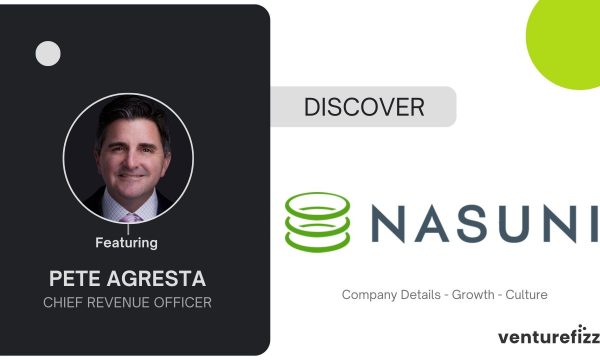We connected with Sam King, CEO at Nasuni, to learn about her background, what attracted her to Nasuni, what’s new at the company, and more.
In this video, Sam answers.
- Who is Nasuni?
- Sam’s background
- What attracted her to Nasuni
- The latest at Nasuni
- Why now is an ideal time to join Nasuni


